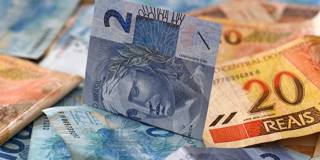This year can be a decisive one for Brazil’s transition to a more robust and sustainable growth path – but only if the government commits to fiscal and structural reform. If Brazil’s leaders fail to take this opportunity to lay the foundations for long-term prosperity, it may not be long before the economy stalls again.
WASHINGTON, DC – Brazil’s economy has endured a difficult few years: after a deep recession in 2015-2016, GDP grew by just over 1% annually in 2017-2019. But things are finally looking up, with the International Monetary Fund forecasting a 2.2-2.3% growth in 2020-21. The challenge now is to convert this cyclical recovery into a robust long-term expansion.
Two problems have undermined Brazil’s economic dynamism: anemic productivity and a bloated public sector. As weak productivity growth has constrained the economy’s overall growth potential, steadily rising public spending has become increasingly unsustainable.
This is not a new problem. But in the first decade of this century, it was obscured by the commodity-price super-cycle, which drove annual growth above 4%. In 2012-2014, pro-cyclical fiscal and (public-bank-driven) credit expansion fueled growth further, but exacerbated imbalances that would come back to haunt Brazil when the commodity boom ended.

WASHINGTON, DC – Brazil’s economy has endured a difficult few years: after a deep recession in 2015-2016, GDP grew by just over 1% annually in 2017-2019. But things are finally looking up, with the International Monetary Fund forecasting a 2.2-2.3% growth in 2020-21. The challenge now is to convert this cyclical recovery into a robust long-term expansion.
Two problems have undermined Brazil’s economic dynamism: anemic productivity and a bloated public sector. As weak productivity growth has constrained the economy’s overall growth potential, steadily rising public spending has become increasingly unsustainable.
This is not a new problem. But in the first decade of this century, it was obscured by the commodity-price super-cycle, which drove annual growth above 4%. In 2012-2014, pro-cyclical fiscal and (public-bank-driven) credit expansion fueled growth further, but exacerbated imbalances that would come back to haunt Brazil when the commodity boom ended.